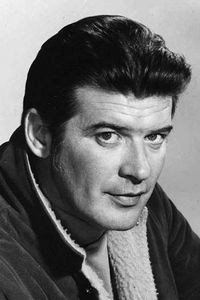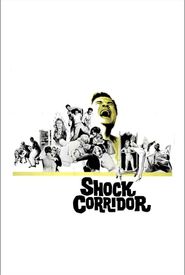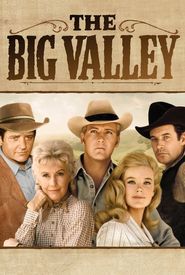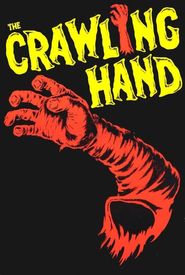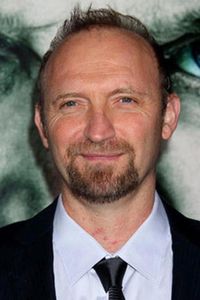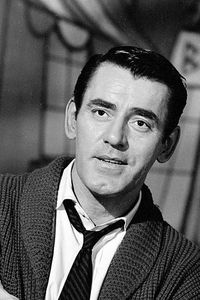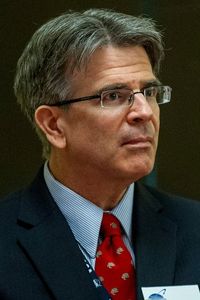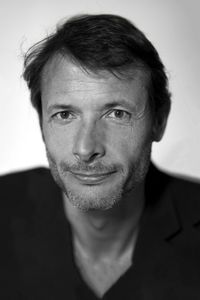Peter Breck was born Joseph Peter Breck, the son of a jazz musician, Joseph, nicknamed "Jobie", who worked with legendary greats such as Fats Waller, Bix Beiderbecke, Paul Whiteman, and Billie Holiday. Breck was nicknamed "Buddy" during his early life, and his parents, who were often on the road, sent him to live with his grandparents in Haverhill, Massachusetts, providing more stability.
Following his parents' divorce, Breck returned to Rochester to live with his mother and her new husband, Al Weber, a sports editor. He attended John Marshall High School and later served in the United States Navy. After his naval service, Breck studied English and drama at the University of Houston, where he performed in college plays and apprenticed at the Alley Theatre.
Breck's stage career continued at Washington D.C.'s Arena Theatre, where he was "discovered" by Robert Mitchum, who cast him in the film Thunder Road (1958). Mitchum helped Breck establish himself in Los Angeles, and he struggled to find success in films, but found more opportunities in television. He played the lead role of "Clay Culhane" in the western series Black Saddle (1959),and later guest-starred in various Warner Bros. TV shows, including Sugarfoot, Surfside 6, Bronco, Hawaiian Eye, 77 Sunset Strip, Cheyenne, and Maverick.
Breck returned to films, appearing in stronger leads and co-leads, including Portrait of a Mobster (1961),Lad: A Dog (1962),Shock Corridor (1963),and The Crawling Hand (1963). He left Warner Bros. after a few years and scored the leads in two low-budget cult thrillers, Shock Corridor (1963) and The Crawling Hand (1963).
Breck's television career continued with a lead role in The Big Valley (1965),alongside a strong ensemble cast, including his siblings Richard Long, Lee Majors, and Linda Evans. Following this, Breck left Hollywood and focused on theater, appearing in various productions in the U.S. and Canada.
In the 1970s, Breck married former dancer Diana Bourne and settled in Vancouver, Canada, where they had a son, Christopher. Tragically, Christopher was diagnosed with acute myeloid leukemia and died two years later. Breck's personal life was marked by this traumatic event, and he eventually decided to lay back and only perform in films and TV from time to time.
In his later years, Breck appeared in a number of low-budget films, including Terminal City Ricochet (1990),Highway 61 (1991),Decoy (1995),Enemy Action (1999),and Jiminy Glick in Lalawood (2004). He also wrote a western column and attended nostalgia conventions until he was diagnosed with dementia. Breck passed away on February 6, 2012, in Vancouver, Canada.
